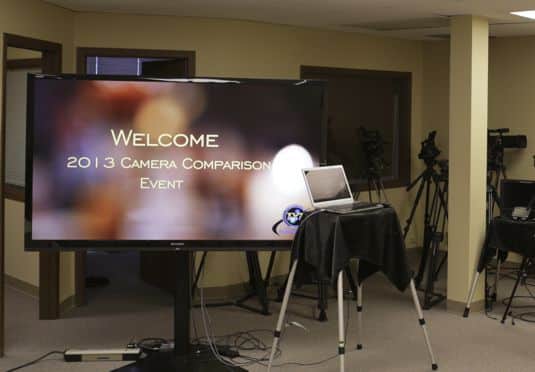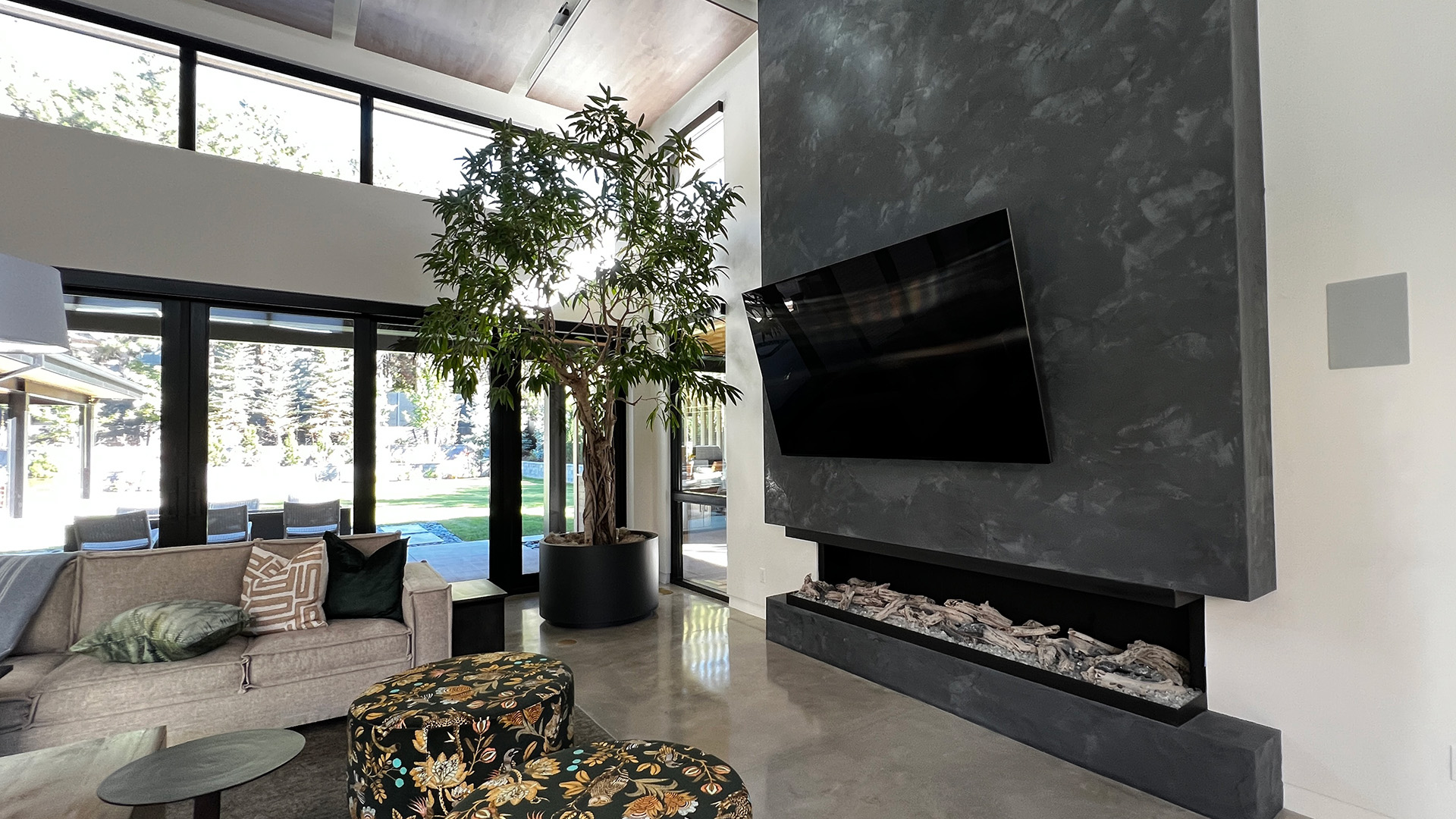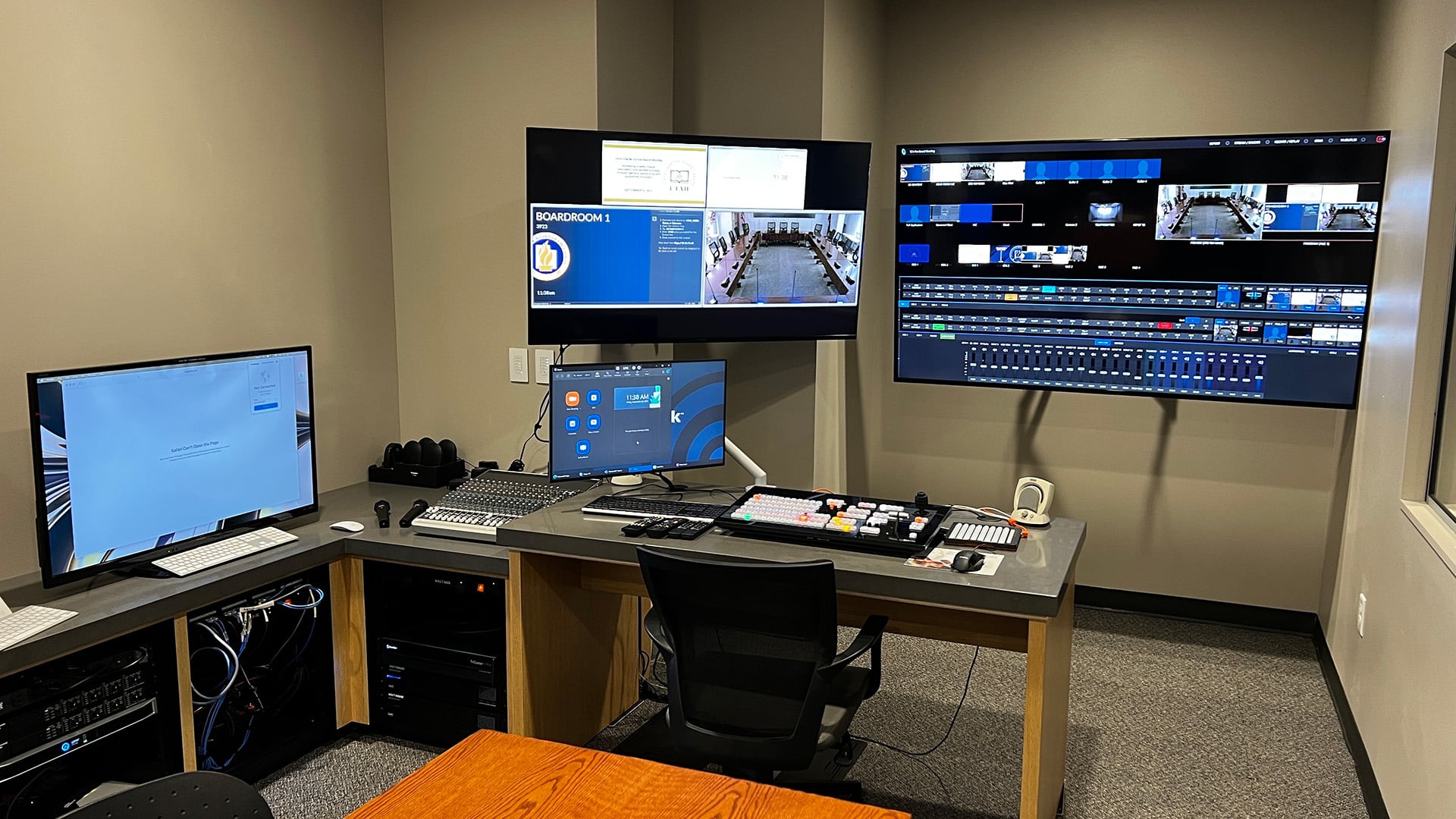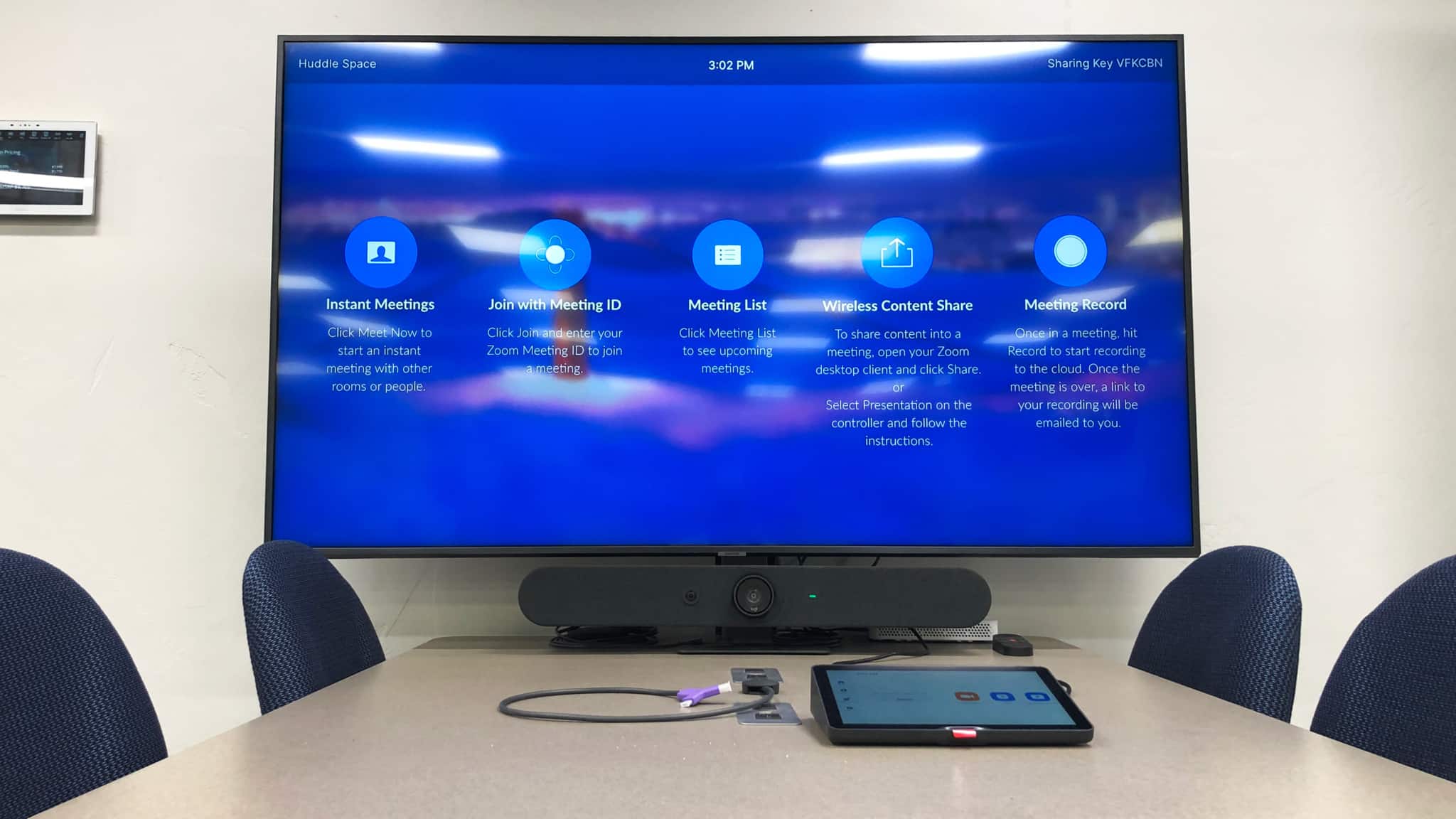In this comparison we are again using the 5D Mark III as a reference so that comparisons can also be made to other cameras in this test. This comparison focuses on the new Canon EOS 1DC which is the first EOS Cinema camera to be housed in a DSLR body. But make no mistake – this is not like any other DSLR we have seen or heard about.
First it has a clean feed out suitable for recording so it is actually possible to be recording internally at 4K and simultaneously recording externally at full HD. One thing to keep in mind, however, is that the real-time output from the camera from a 4K recording is Full HD at 4:2:2 all I frame at a data rate of about 500 Mbps, which is extremely clean for an in-camera recording of this size. One of the pleasant surprises of the 1DC is how well the down-converted 4k image to HD is. It also has Canon Log which is greatly appreciated in terms of dynamic range and the post production workflow. Without question the EOS 1DC has some of the best, if not THE best, images we have seen when the 4K is down-converted to HD, either in real-time in the camera output or in post.
Unfortunately the web videos, being limited to 4:2:0, do not do full justice. However, it is refreshing to know that even at 4:2:0 encoding of the original files it1:does make a very clean and impressive comparison to cameras that begin with 4:2:0 as the difference can be readily seen even on the Internet files.
The other very unique feature of the EOS 1DC is the ability to shoot in three different crop factors with the same lens on the same camera. You have the choice of shooting super 35mm size at 1.6 crop factor, 4K at APS-H size which is about a 1.3 crop and full sensor size which is a 0 crop. Because of the differences in color space and fine resolution we prefer the 4K as it is an ideal archival master and provides for pans, zooms and even two camera simulations for interviews and documentaries. As you view this video you will see differences on most displays but if at all possible try to view full screen on a 1080p monitor as the differences become very pronounced and significant even though you are really looking at just the 4:2:0 web encoded files.






0 Comments